British Beverages: Basic Overview
Common Ingredients
Common Preparing Methods
Key Taste
Drinking Etiquette
Culinary Festivals
Influence and Fusion
Classifications of British Beverages
-
Alcoholic Beverages
British alcoholic drinks showcase a wide variety, from beers brewed with traditional methods to spirits aged in oak barrels.
Beers like ales and stouts are common in pubs and come in many flavors, from bitter to sweet.
Spirits such as Scotch whisky and gin carry complex flavors, often enjoyed in celebrations or as part of iconic cocktails.
Seasonal and regional specialties, like the warming mulled wine or the distinct Welsh whisky, highlight the local ingredients and traditions.
-
Non-alcoholic Beverages
The non-alcoholic options in British cuisine are just as varied. Teas like English Breakfast and Earl Grey are daily staples, enjoyed with a splash of milk or a slice of lemon.
Soft drinks such as squash and the unique Irn-Bru offer refreshing choices, often sweet and fruity.
British beverages represent various drinks from the United Kingdom, including England, Wales, Northern Ireland, and Scotland.
Tea is a big deal here; it is enjoyed anytime and is a warm way to welcome guests. It fits right into everyday life and social events.
For alcoholic drinks, beers like ales and stouts are everywhere. Each place has its special kinds that show off old brewing ways. Thanks to aging in oak barrels, Scottish whisky is famous for its smoky taste.
Ciders and gins are also popular, with ciders being a favorite in places that make a lot of cider and gin becoming more popular because it’s excellent in mixed drinks.
British drinks come in all sorts of flavors, from the slightly bitter taste of traditional beers to the rich and layered flavors of aged whisky. These drinks often go with meals, making eating more enjoyable, or they’re the main attraction at get-togethers.
This guide covers the top drinks from Britain, both alcoholic and non-alcoholic. I also look into the typical British drinking habits and how their drinks got famous worldwide.
Plus, you’ll get to learn about the drink scene in different parts of the UK, how British drinking habits came to be, and what food goes well with which drink.
Ready to dive in? Let’s go!
32 Best European British Beverages with Filters
Here are 32 of the UK’s most-loved drinks, listed by their global popularity. You can use the filter feature to sort these beverages by ingredients, flavors, how they’re made, types of drinks, and when they’re typically enjoyed.
This filter lets you explore everything from classic recipes and beloved national drinks to fusion blends and street beverages.
The UK’s fusion drinks blend traditional British tastes with global influences. The Espresso Martini, a sophisticated mix of coffee and vodka, exemplifies modern British creativity in cocktails.
Beer
- Alcoholic
- Traditional
Beer in the UK is a widely enjoyed alcoholic drink with a rich history. This beverage varies from ales, lagers, and stouts, to porters, featuring a range of flavors from bitter to sweet.
Notably, real ale is a well-known variation, emphasizing naturally carbonated, traditional brewing processes.
Beer is a common sight in pubs across the UK. It is especially prominent during festivals such as Oktoberfest (though not a British festival, it is widely celebrated in the UK) and local beer festivals.
Additionally, British beers have found fame worldwide, particularly in European countries, the United States, and Australia.
Scotch Whisky
- Alcoholic
- National
Scotch whisky, also known simply as Scotch, is a distilled spirit hailing from Scotland and stands as a national drink. This beverage is meticulously aged in oak barrels, with famous variations including Single Malt, Blended, and Single Grain Scotch.
The taste of Scotch whisky is complex, often described as smoky and peaty with undertones of vanilla or caramel.
Scotch is revered during celebrations like Burns Night and St. Andrew’s Day. It has a massive following globally, especially in North America, Asia, and Europe.
Gin
- Alcoholic
- National
- Traditional
Gin is a distilled alcoholic drink that’s known for its distinctive juniper flavor. Originating as a medicinal liquor, gin has become a staple in British culture, often enjoyed in cocktails or as a standalone drink.
Its famous variations are London Dry Gin, Plymouth Gin, and Old Tom Gin. Gin’s taste is predominantly marked by its juniper berry flavor, with hints of other botanicals like coriander, citrus peels, and cinnamon, making it a versatile base for many cocktails.
Gin and Tonic
- Alcoholic
- Fusion
Gin and tonic, or G&T, is a popular mixed drink combining gin and tonic water, typically garnished with a slice of lime or lemon.
This drink is a fusion of British and colonial Indian heritage, originally developed to make quinine, found in tonic water, more palatable for the British in India.
The taste of a Gin and Tonic is refreshing and slightly bitter, with the tonic water’s quinine complementing the gin’s botanicals. It’s especially favored during warmer months and is common in social gatherings and celebrations.
English Breakfast Tea
- Non-Alcoholic
- Traditional
English breakfast tea, or breakfast tea, is a traditional blend of black teas from various regions, including Assam, Ceylon, and Kenya.
It’s a staple in British cuisine, often accompanied by a splash of milk and a bit of sugar to taste. The taste is bold and rich, with a slightly astringent finish that pairs well with the hearty English breakfast.
English breakfast tea is not just popular in the UK; it has fans across the globe, especially in former British colonies and the United States.
Irish Whiskey
- Alcoholic
- National
- Traditional
Irish whiskey, particularly from Northern Ireland, is a smooth spirit with a light, often fruity essence. This whiskey is typically distilled three times, lending it a gentleness that makes it approachable, whether enjoyed on its own or mixed into a cocktail.
In Northern Ireland and the rest of Ireland, this whiskey is part of the fabric of festive occasions, especially during St. Patrick’s Day and the cozy gatherings of Christmas.
Earl Grey Tea
- Non-Alcoholic
- Traditional
Earl grey tea is a type of flavored tea that’s a staple in British tea culture. This tea is distinguished by its addition of bergamot oil, which gives it a unique citrusy aroma and flavor.
It’s a fusion drink, blending the robustness of black tea with the fragrant essence of bergamot orange. Earl grey can be enjoyed plain, with milk, or with a slice of lemon to enhance its citrus notes.
Cider
- Alcoholic
- Traditional
Cider is an alcoholic beverage made from the fermented juice of apples. It is a traditional drink in the UK that highlights the rural cider-making traditions of regions such as Herefordshire and Somerset.
It is also known as hard cider in some regions to distinguish it from non-alcoholic varieties. Cider comes in various styles, from sweet to dry and still to sparkling.
Cider is especially celebrated during the autumn harvest season and at cider festivals throughout the UK.
While it is particularly popular in England and Wales, cider enjoys popularity worldwide, with a strong following in Europe, North America, and Australia.
Ale
- Alcoholic
- Traditional
Ale is a type of beer fermented at warm temperatures using a strain of yeast that tends to float to the top of the brew. It’s one of the oldest kinds of beer and a traditional part of British cuisine.
Ales are known for their wide variety; some common variations are Bitter, Mild, Pale Ale, and Brown Ale. The taste of ale can vary widely, from fruity and light to dark and robust, depending on the specific style and brewing process.
It’s a common drink across the UK, enjoyed in pubs and homes. Ale has also found popularity in other countries, especially in the United States and Canada.
Porter
- Alcoholic
- Traditional
Porter is a dark, rich beer that originated in London in the early 18th century. Known for its deep, almost black color, Porter is crafted from brown malt, giving it a distinctive taste that balances bitterness with chocolatey and coffee-like undertones.
Over time, Porter has evolved into various types, with stout being the most famous variation, often leading to confusion between the two.
While initially popular among street and river porters, hence its name, Porter has grown to become a vital part of British pub culture.
Though it began as a British classic, Porter has found fans across the globe, particularly in regions with a strong beer culture, such as the United States and parts of Europe.
Stout
- Alcoholic
- Traditional
Stout is a dark, rich beer traditionally brewed with roasted malt or barley, hops, water, and yeast. It’s a derivative of porter, evolving into its distinct type known for its deep, toasty flavor with hints of coffee, chocolate, or caramel.
Famous stout variations include Dry Stout, Milk Stout, and Imperial Stout, each offering different taste profiles from creamy and sweet to strong and bitter.
Stout is often associated with St. Patrick’s Day, given its Irish roots. Stout enjoys widespread popularity across the UK, Ireland, North America and Europe.
Wine
- Alcoholic
- Traditional
Wine, though not originally from the British Isles, has become an integral part of contemporary British cuisine. It encompasses many types, including red, white, rosé, and sparkling wines, each offering a unique taste experience from dry and crisp to sweet and fruity.
British wine, made from grapes grown in the UK, has been gaining recognition, particularly for its sparkling wines, which have been compared to the prestigious champagnes of France.
Wine is often paired with meals to enhance flavors. Internationally, British sparkling wines are starting to make their mark, especially in Europe and North America.
Pimm’s
- Alcoholic
- Street Beverages
- Traditional
Pimm’s, also known as Pimm’s No. 1 Cup, is a gin-based liqueur staple of British summer social events, particularly associated with garden parties and outdoor events like the Wimbledon tennis tournament.
It’s traditionally served with lemonade and a mix of chopped fruits and mint, known as a Pimm’s Cup. This drink is a fusion of British spirit and the refreshing taste of summer fruits, creating a spicy and citrusy flavor, with a hint of herbal notes.
Espresso Martini
- Alcoholic
- Fusion
Espresso martini is a cocktail that combines coffee and alcohol, offering a sophisticated, modern twist on traditional martini drinks.
Known for its energizing effect, this beverage blends vodka, espresso coffee, coffee liqueur, and sometimes sugar to create a rich, bold flavor with a creamy froth on top.
The taste perfectly balances the bitterness from the espresso and the sweet, complex flavors of the liqueur and vodka.
Originating from the cocktail scene in London, the Espresso Martini has become a favorite in bars and restaurants across the UK, especially as an after-dinner drink or a pick-me-up during evening outings.
Mulled Wine
- Alcoholic
- Street Beverages
- Traditional
Mulled wine, or spiced wine, is a warm traditional drink commonly enjoyed particularly during the winter, Christmas, and New Year’s Eve.
This beverage is made by warming red wine and various mulling spices like cinnamon, cloves, and nutmeg, often with additional sweeteners such as sugar or honey and an infusion of citrus.
Mulled wine is popular throughout the UK and is a popular item for winter markets and holiday gatherings. It also enjoys popularity in other countries, especially in Europe, where it is known by various names and prepared with local variations.
Vesper Martini
- Alcoholic
- Fusion
Vesper martini is a cocktail that stands out in the world of mixed drinks and is known for its strong association with James Bond literature. It’s a fusion drink that combines gin, vodka, and Kina Lillet, a type of aromatized wine.
The taste is crisp and complex, with the botanicals from the gin blending with the smoothness of vodka and the slightly bitter, aromatic quality of the Lillet.
Ginger Ale
- Non-Alcoholic
- Street Beverages
- Traditional
Ginger ale is a carbonated soft drink flavored primarily with ginger and sweetened with sugar or artificial sweeteners. It comes in two main varieties: golden and dry.
Golden ginger ale, the older style, is sweet and strongly flavored with ginger. Dry ginger ale, which is more common today, is lighter in color and has a milder ginger flavor.
It’s often used as a cocktail mixer but is also enjoyed for its refreshing taste.
Buck’s Fizz
- Alcoholic
- Traditional
Buck’s Fizz is a British sparkling cocktail combining chilled orange juice and champagne. It’s often popular during brunches and as a festive morning beverage on special occasions like weddings and Christmas.
Buck’s Fizz tastes light, refreshing, and slightly sweet, with the enthusiasm of champagne lifting the citrus notes of the orange juice. This drink originated in the UK but is also a staple at celebratory events around the world.
Squash
- Non-Alcoholic
- Street Beverages
- Traditional
Squash, or cordial, is a non-alcoholic concentrated syrup mixed with water to create a refreshing drink. It comes in many fruit flavors, with orange, lemon, and blackcurrant being the most popular.
The taste of squash is sweet and fruity, often enjoyed as a hydrating drink throughout the day. It’s a traditional part of British daily life, commonly found in homes and served to children as a tasty alternative to plain water.
Vimto
- Non-Alcoholic
- Street Beverages
- Traditional
Vimto is a soft drink that blends the tastes of grapes, raspberries, and blackcurrants with a secret mix of herbs and spices. Created in Manchester, England, in 1908, it has become a beloved beverage across the UK.
Vimto is enjoyed as a carbonated soda and cordial that can be mixed with water or used as a mixer in cocktails. Its taste is uniquely sweet and fruity, with a slightly tangy and aromatic edge due to the herbs and spices.
Vimto has variations, including sugar-free options and fizzy versions. Interestingly, vimto has a strong following in the Middle East, particularly during Ramadan, where it is a popular choice for breaking the fast.
Horlicks
- Non-Alcoholic
- Traditional
Horlicks is a malted milk drink that originated in the UK but has become a comfort drink for many worldwide, especially in India.
Traditionally served hot, it combines malted barley, wheat flour, and milk or water to create a warm, soothing beverage often consumed before bed to promote sleep.
Over the years, Horlicks has introduced various flavored versions, such as chocolate and vanilla. In the UK and India, Horlicks is not just a drink; it’s a part of the evening routine for families seeking a peaceful night’s rest.
Mead
- Alcoholic
- Traditional
Mead, sometimes known as “honey wine,” is among the oldest known alcoholic drinks from the UK. This ancient type of alcoholic beverage is made by fermenting honey with water, and it can include various fruits, spices, grains, or hops.
Depending on the fermentation process and additional ingredients, its taste can range from sweet to dry. Mead can be still, carbonated, or naturally sparkling and has a rich history that ties it to many cultures, including those of ancient Britain.
Its popularity spans beyond the UK, with a notable presence in the United States, Scandinavia, and other parts of Europe.
Irn-Bru
- Non-Alcoholic
- National
- Street Beverages
Irn-Bru is a carbonated soft drink often referred to as “Scotland’s other national drink” after whisky. It’s bright orange and has a unique, difficult-to-describe flavor that mixes citrus, bubblegum, and a blend of 32 flavors that remain a closely guarded secret.
Known for its quirky advertising and distinctive taste, Irn-Bru holds a special place in the hearts of Scots but is enjoyed all over the UK and beyond.
It’s particularly sought after as a hangover cure and is common at social gatherings and celebrations.
Buckfast Tonic Wine
- Alcoholic
- Traditional
Buckfast tonic wine is an alcoholic drink distinct from other wines. Made by monks in Devon, England, it’s known for its high caffeine content, which comes from adding caffeine-rich ingredients.
This wine is a favorite in Scotland, and some parts of England, where it’s enjoyed for its unique taste and the energy boost it provides. Buckfast has a sweet, medicinal flavor, thanks to its combination of fermented wine and tonic additives.
Barley Water
- Non-Alcoholic
- Traditional
Barley water is a traditional British non-alcoholic drink made by boiling barley, then straining and flavoring the water with lemon or orange. It’s known for its health benefits and is often a refreshing, hydrating beverage, especially during the warmer months.
The taste is mild, slightly sweet, and comforting, with the citrus providing a refreshing zing. This drink is a staple in British households and is often consumed for its refreshing qualities.
John Collins
- Alcoholic
- Traditional
John Collins is a cocktail made with gin, lemon juice, sugar, and carbonated water, often garnished with a slice of lemon and a cherry. This drink is a variant of the Tom Collins, with the main historical difference being the type of gin used.
The John Collins offers a balance of tart and sweet flavors, with the enthusiasm of the carbonated water making it particularly refreshing. It’s a popular choice in bars and pubs across the UK, ideal for sipping on warm summer evenings or at social gatherings.
Gimlet
- Alcoholic
- Traditional
The Gimlet is a classic cocktail that combines gin with lime juice, often sweetened with simple syrup. It’s renowned for its sharp, crisp taste, with the lime juice providing a nice acidic bite that complements the botanical flavors of the gin.
The Gimlet has a naval origin and is believed to have been invented by British sailors to prevent scurvy, thanks to the vitamin C in the lime juice. This drink is enjoyed for its simplicity and bold flavors, making it a staple in cocktail bars and a favorite among gin enthusiasts.
Bramble
- Alcoholic
- Fusion
Bramble is a cocktail that mixes gin, lemon juice, sugar syrup, and blackberry liqueur, often garnished with fresh blackberries and a slice of lemon.
It’s a modern invention within the cocktail world, created in the 1980s in London. The taste is a balance of sweet and sour, with the depth of the blackberry liqueur adding a rich, fruity complexity.
Dandelion and Burdock
- Alcoholic
- Non-Alcoholic
- Street Beverages
- Traditional
Dandelion and burdock is a traditional British soft drink enjoyed since the Middle Ages. It was originally brewed from the fermented roots of dandelion and burdock plants.
This beverage is often compared to root beer, with a complex flavor profile that’s earthy, sweet, and slightly bitter. There are both alcoholic and non-alcoholic versions, with the latter being more common today, often carbonated and sold in bottles or cans.
Perry
- Alcoholic
- National
- Traditional
Perry is a traditional alcoholic beverage made from the fermentation of pear juice, similar to how cider is made from apples.
It’s a traditional drink with a history that dates back centuries in England, particularly in the Three Counties (Herefordshire, Gloucestershire, and Worcestershire) noted for their pear orchards.
Perry can range from sweet to dry and still to sparkling, with its taste reflecting the variety of pears used, offering a delicate, fragrant, and sometimes slightly tangy flavor profile.
Perry has also gained worldwide appreciation outside the UK, especially in artisanal and craft beverage circles.
Black Velvet
- Alcoholic
- Traditional
Black velvet is a British cocktail that elegantly combines stout (often Guinness) with sparkling wine or champagne. This blend results in a drink where the robust, creamy texture of the stout contrasts beautifully with the crispness and bubbles of the sparkling wine.
It’s celebrated for its smooth, velvety texture and a taste that balances the bitterness of the stout with the light acidity and fruitiness of the champagne.
Welsh Whisky
- Alcoholic
- National
Welsh whisky is a national alcoholic beverage from Wales, renowned for reviving the ancient art of distilling in the region. This whisky stands out due to its smooth, well-rounded taste, often carrying hints of fruit, spice, and oak.
It’s enjoyed during various celebrations and has a growing popularity in the UK and other parts of Europe and the US.
List of British Beverages by Country
What Are the Characteristics of British Beverages by Country?
Let’s explore how each part of the United Kingdom brings its special touch to the world of drinks:
Having explored the characteristics of British beverages, let’s now examine how drinking habits and culture have evolved over time.
How do British Drinking Habits and Culture Develop?
Here’s a quick look at how drinking habits in Britain have changed, touching on everything from how much people drink to where they’re drinking it.
Moving on, it’s time to see how British food and drink create a seamless experience.
How do British Dishes and Beverages Complement Each Other?
British cuisine offers a delightful array of dishes and beverages that complement each other beautifully. Here are some classic pairings:
These pairings showcase how British culinary items and beverages can complement each other, enhancing flavors and creating a more enjoyable dining experience.
Loved what you’ve just read? Let’s spread the cheer even further! Hit ‘like,’ share this with friends, and join us in the comments below. What’s your go-to British beverage, and how do you prefer to savor it? Thank you for reading!



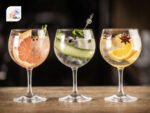
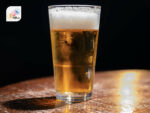
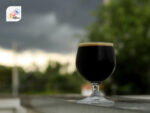


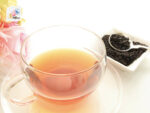
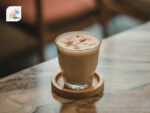
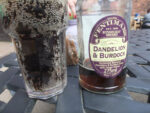
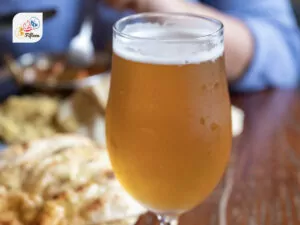
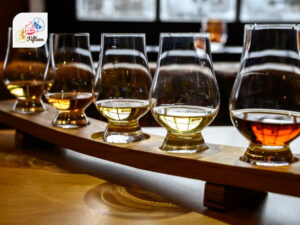
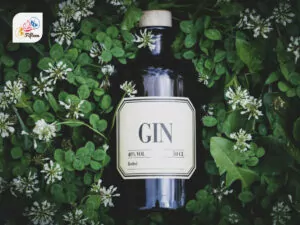
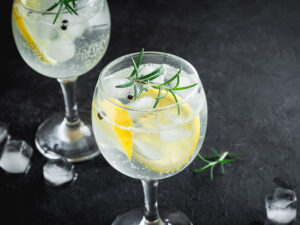
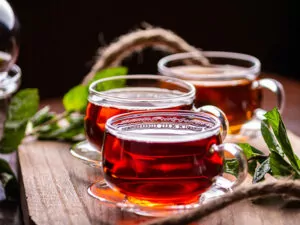
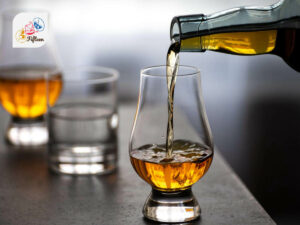
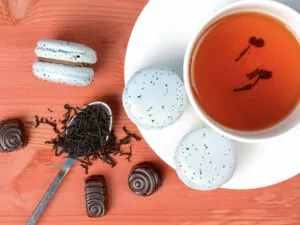
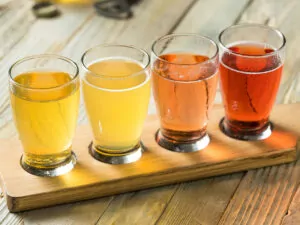
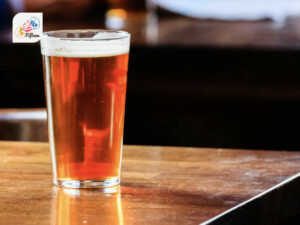
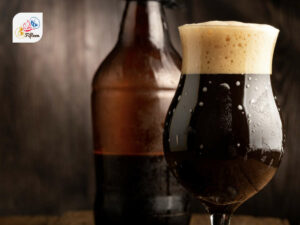
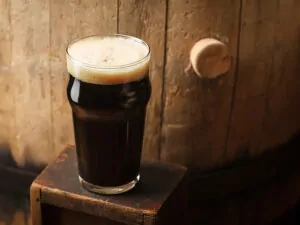
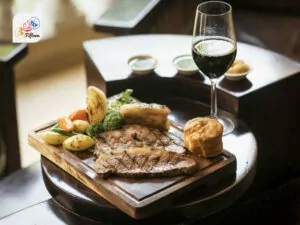
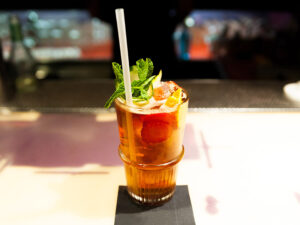
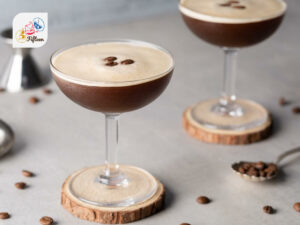
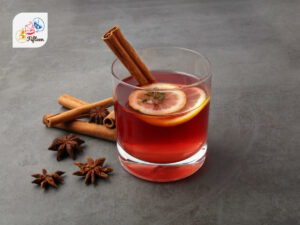
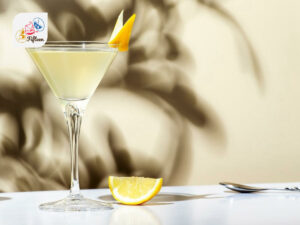
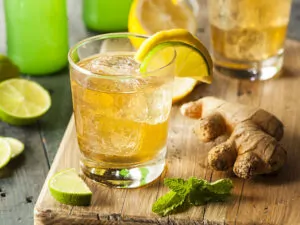
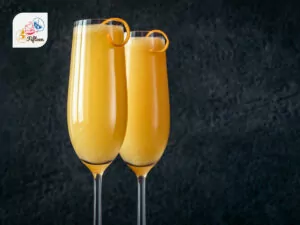
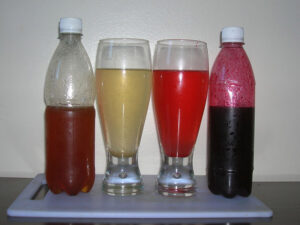
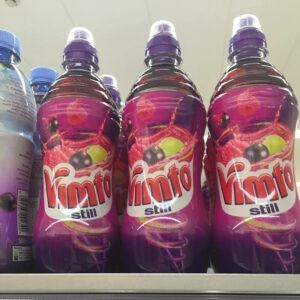
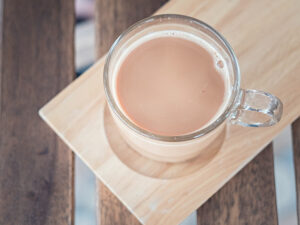
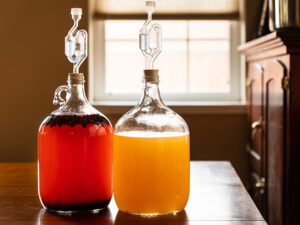
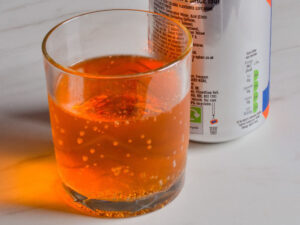
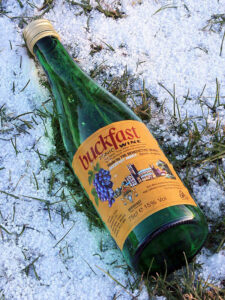
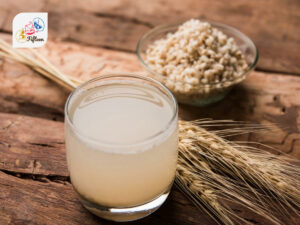
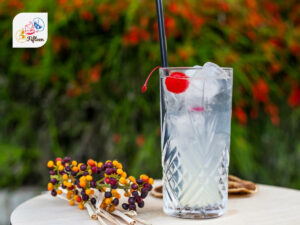
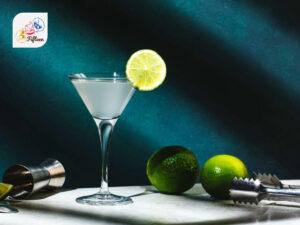
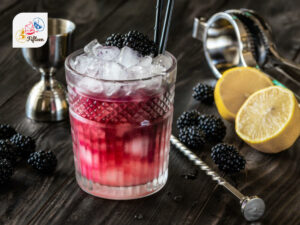
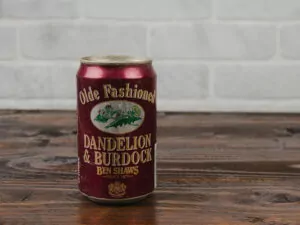
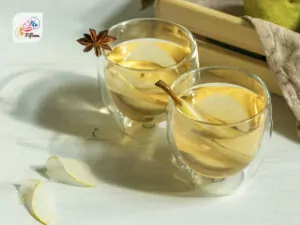
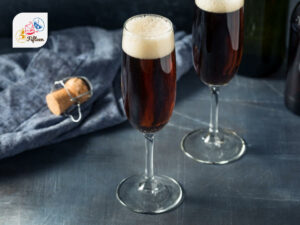
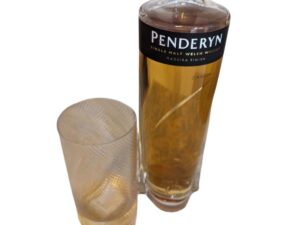

Jamie Scott
Editor in Chief, Senior Content Writer
Expertise
Home Cooking, Meal Planning, Recipe Development, Baking and Pastry, Food Editor, Cooking-video Maker, Western Food Evaluation Expert
Education
Le Cordon Bleu College of Culinary Arts
Local Community College, New York, NY
Jamie Scott is a skilled culinary expert and content creator specializing in Western cuisine. With over 15 years in the culinary field and formal training from Le Cordon Bleu, Paris, Jamie deeply understands how to blend nutrition with delicious flavors. His passion for cooking matches his commitment to making healthy eating accessible and enjoyable.
On Fifteen.net, Jamie brings a fresh perspective to classic dishes and beverages, offering readers insightful recipes, cooking tips, and a fresh view on meal planning that emphasizes taste, health, and simplicity.